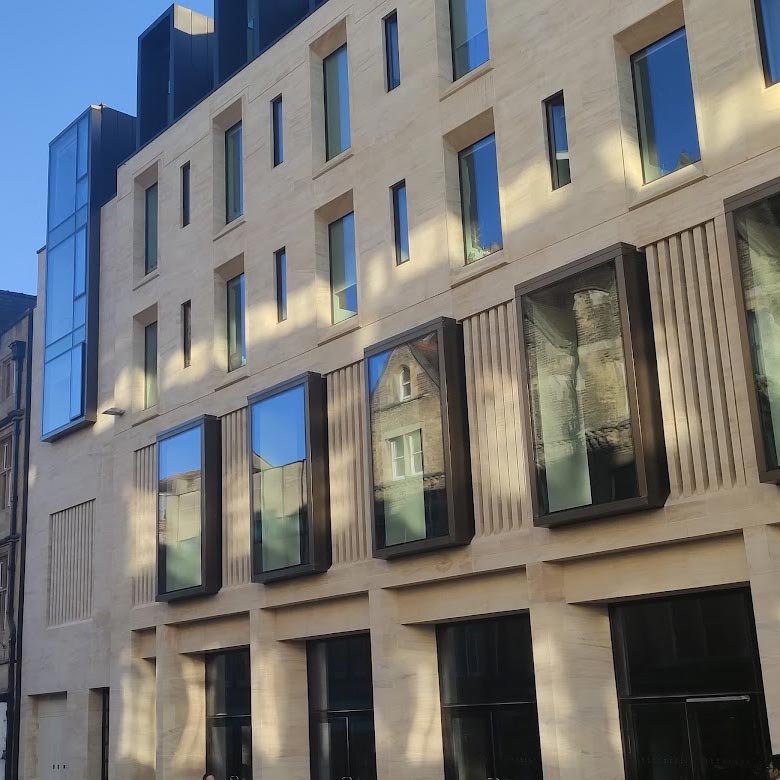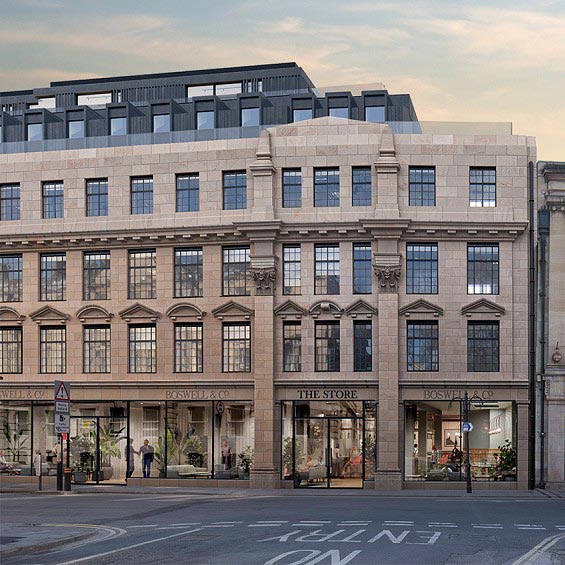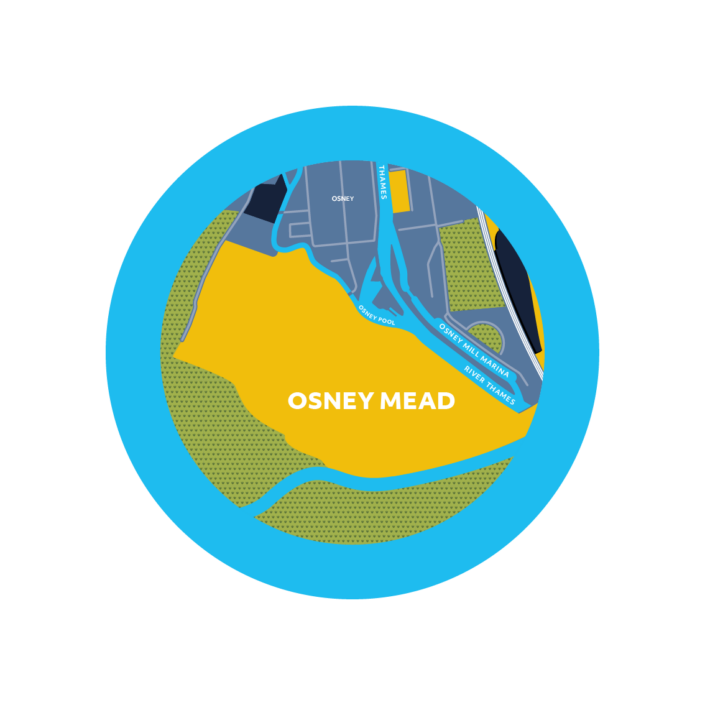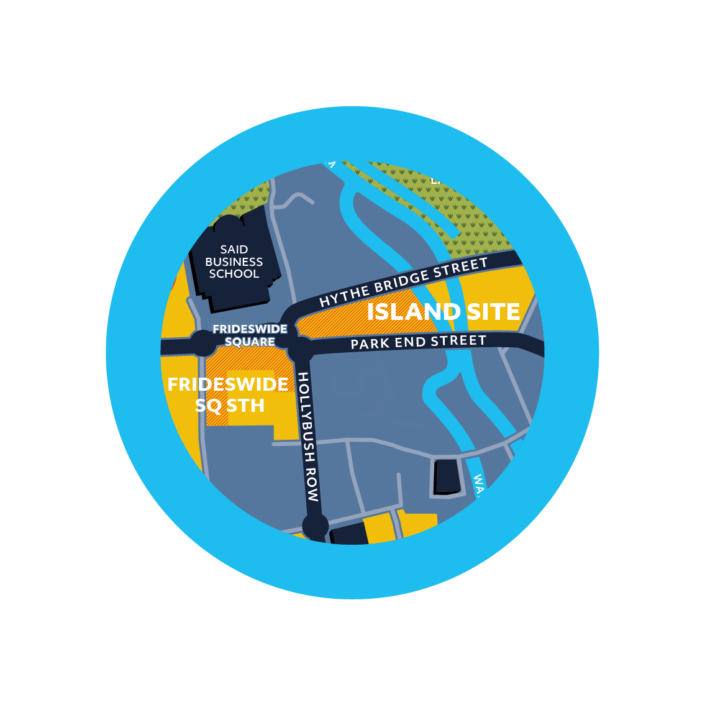What makes the West End special
The West End is at the heart of Oxford, a city full of history, of dreaming spires. Renowned for being home to one of the oldest universities in the world and a place of learning. Its also notable for historic events like being the capital city during the Civil War, for achievements like the first four-minute mile, and its industrial and manufacturing heritage.
Oxford has a thriving arts scene of theatre, exhibitions, museums and events. With one of the youngest populations of any British city, Oxford’s historic buildings are not facades nor museums, but places of work and enterprise.







